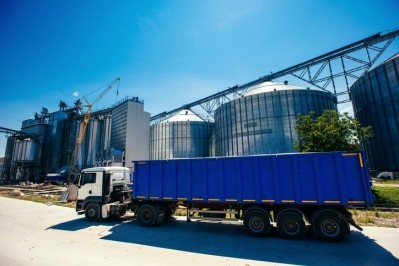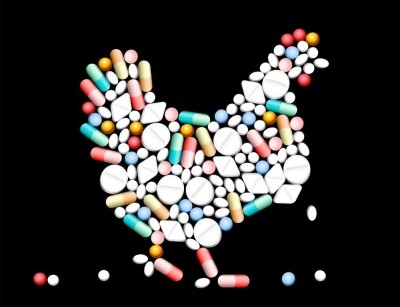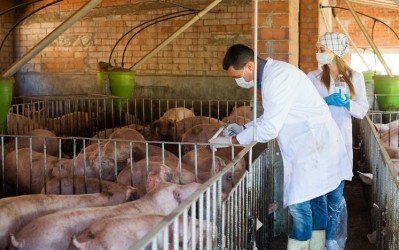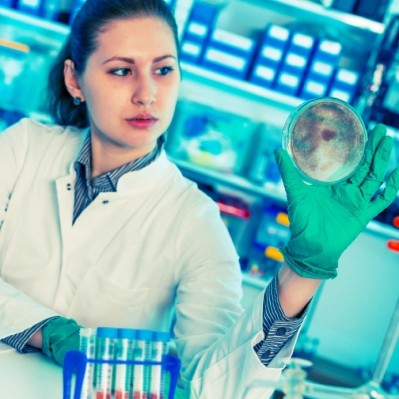FSA weighs in on antimicrobial resistance debate
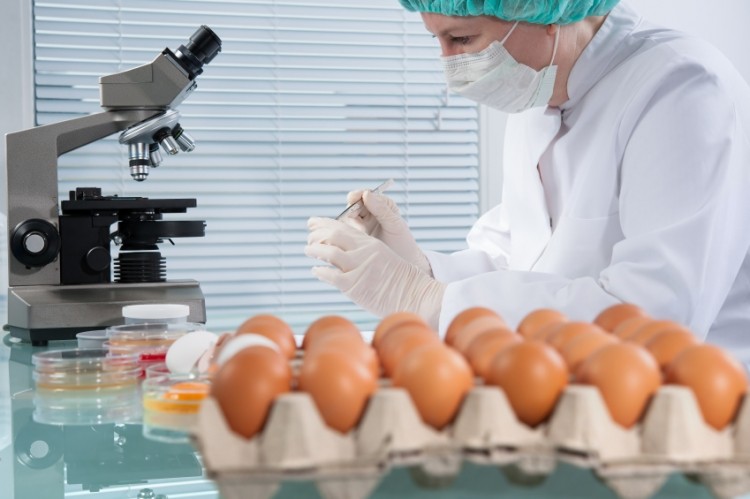
“While we still don’t know the relative contribution of agricultural use of antibiotics to the antimicrobial resistance (AMR) problem, it, nonetheless, remains somewhat of a numbers game if we consider, for example, that there are 900 million chickens sold annually in the UK,” Professor Guy Poppy, FSA chief scientific adviser, told FeedNavigator.
His report evaluating the science behind AMR along with the latest findings around the role that food plays in the problem was published last week.
Poppy said even if the percentage of antimicrobial resistance in humans from the consumption of meat that was reared using antibiotics is low, it is still incumbent on policymakers to monitor levels of resistance in meat in supermarkets and to encourage the responsible use of antibiotics in livestock and famed fish production.
“Antibiotics are still needed to treat sick animals; that is important from a welfare point of view. They must be used judiciously in agriculture, and, of course, there must be responsible use of antibiotics by medical doctors as well,” said Poppy.
Countering the argument from some industry quarters that the link between antibiotic use in farmed animals and AMR in humans has not been concretely established, the FSA’s chief scientific adviser said:
“The Jim O’Neill review, which has been backed by the UK government, undertook a literature analysis of peer-reviewed research on the issue of antibiotic use in agriculture. Out of the 139 academic studies the review found that only seven argued that there was not a link between antibiotic use in livestock and resistance in humans, while 100 papers found evidence of a link.”
Colistin findings
As well as the volumes used, the types of antibiotics that are used in food production must also be considered, with some last-resort antibiotics for humans still being used in animal production, he said.
Poppy said this problem was highlighted by the recent Chinese finding in pigs of a bacterial gene conferring resistance to colistin, a last-resort antibiotic for treating multidrug-resistant infections caused by gram negative bacteria in humans, and also used in livestock in some countries, including in Europe.
While the risk from AMR in all meats is said to be much reduced if they are handled and cooked properly, he stressed that consumers don’t always follow to the letter official guidance on preparing food.
“Consumption of undercooked poultry, or cross contamination from raw poultry meat are two of the main routes for the thousands of cases of Campylobacter spp. infection annually in the UK, in spite of the message on cooking, cleaning and cross contamination from the FSA and other bodies,” he added.
The scientist argued that further data are also needed on the prevalence, levels, and movement of resistant microbes and genes throughout the food supply chain.
The FSA, he continued, has commissioned the Royal Veterinary College to carry out a systematic review on the occurrence of AMR bacteria in food at retail.
Poppy said this review will provide a comprehensive description of the current state of knowledge with regard to the type of AMR bacteria that consumers could be exposed to. The review is also likely to identify knowledge gaps to guide future research, supported by the FSA and others.
“It will also inform AMR policy at FSA, about how best to take discussions on this topic forward. We anticipate publishing the final report this autumn,” he added.
Campylobacter report
Last week saw the FSA also release a sub-set of data collected during the first year of the FSA’s survey of campylobacter on whole retail chickens in 2014.
The report showed the number of samples contaminated with Campylobacter, which were also antimicrobial resistant.
The data suggested, write the authors, that the proportion of ciprofloxacin resistant C. jejuni and C. coli strains has increased since 2007-08, while the proportion of erythromycin resistant C. coli appears to be un-changed and erythromycin resistance may be decreasing in C. jejuni.
“UK Poultry Council members have been making great strides in antibiotic use reduction but these things take time to work their way through the system, so the 2014 survey did not really pick up that decrease. However, we expect that our summertime survey next year to show a reduction in antimicrobial resistance levels in UK retail poultry meat,” said Poppy.
The UK Department of Health has funded a three-year project with Public Health England (PHE), which aims to establish where ESBL–producing E. coli is found and the threat posed to animal and public health in the UK. FSA are also financially supporting a component within this study that is quantifying ESBL–producing E. coli in 400 raw meats and 400 fresh produce samples. This study is likely to report in late 2016.
EFSA opinion on AMR
Experts at the European Foods Safety Authority (EFSA) are currently working on a scientific opinion on how to reduce the use of and the need for antimicrobials in animals.
They are also assessing the risk of antimicrobial resistance emerging due to calves being fed with milk containing residues of antibiotics.
In this work, EFSA cooperates with the European Centre for Disease Prevention and Control (ECDC) and the European Medicines Agency (EMA).
